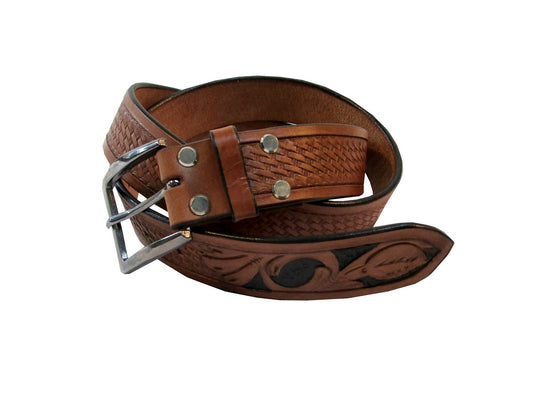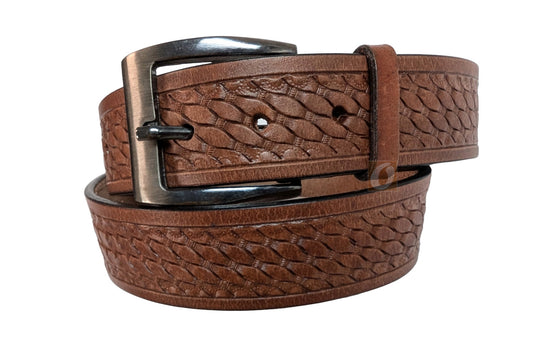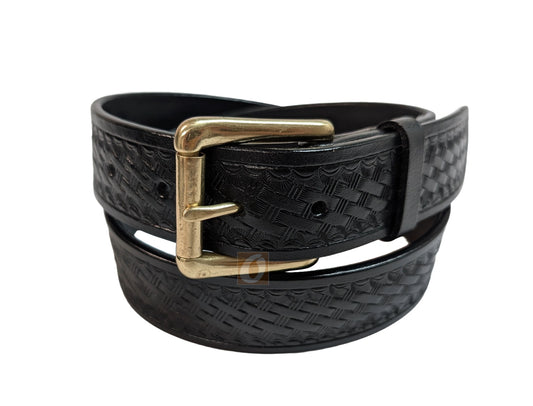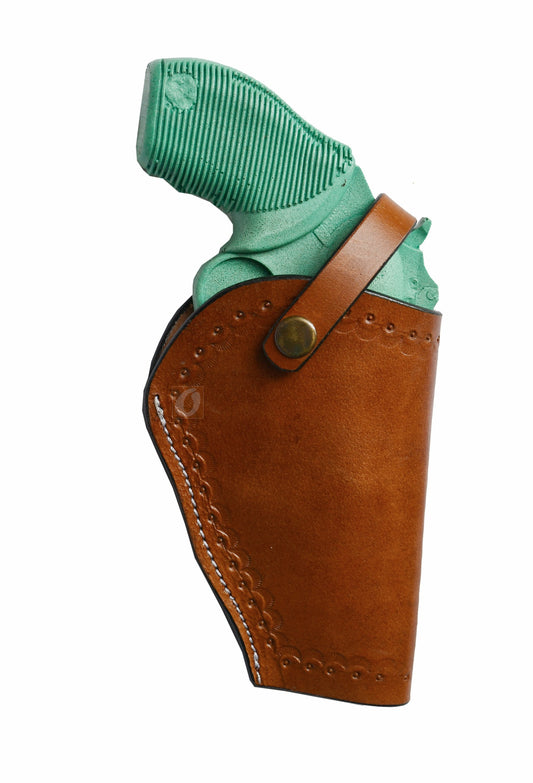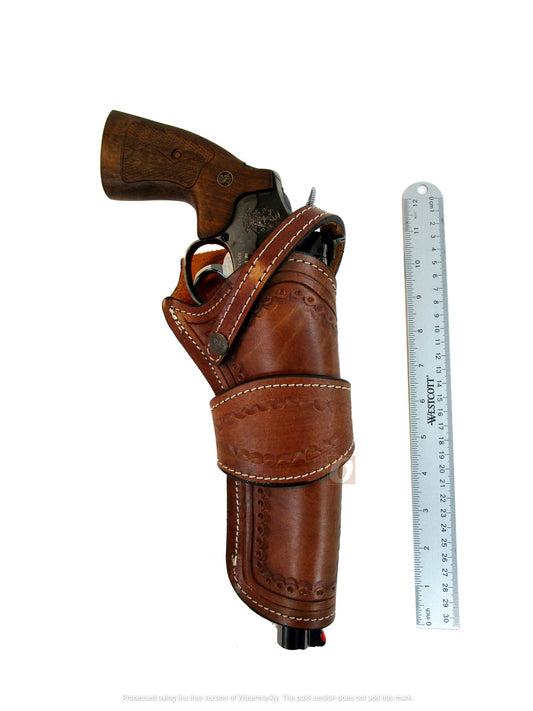How to Choose the Right Holster for Your Firearm.
Choose a Holster With Confidence (Not Guesswork)
Your holster controls safety, comfort, and draw performance. Pick the right one and carrying becomes second nature. Pick wrong and you’ll fight printing, hot spots, and inconsistency. Here’s a clear path that works for first-time buyers and experienced carriers.
The Core Criteria That Actually Matter
- Safety first: Full trigger coverage and reliable retention so the gun stays put and the draw is intentional.
- Fit to gun and body: Model-specific molding plus ride height and cant that match your build.
- Comfort + concealment: All-day wear without printing; pressure spread where you need it.
- Consistency: A stable position that builds repeatable muscle memory.
- Quality belt: The foundation that keeps everything from shifting.
Step-by-Step: Find the Right Holster for Your Carry
1) Define your carry style
- Concealed (EDC): IWB/AIWB reduces printing and speeds access under a cover garment.
- Open/Ranch/Range: OWB for stability and comfort; consider crossdraw for seated or horseback use.
2) Match the holster to the firearm
- Model-specific fit: Choose a holster molded for your exact pistol or revolver.
- Weight/size: Heavier guns benefit from wider wings/loops and a stiffer belt.
3) Choose materials
- Leather: Break-in comfort, quiet draw, classic look. Great for OWB, crossdraw, and comfortable IWB. See Leather Holsters.
- Kydex: Slim, rigid, crisp retention; excellent for thin concealment and fast practice.
- Hybrid/Nylon: Blend comfort and cost; confirm trigger protection and retention.
4) Dial retention, ride height, and cant
- Retention: Tension screws or a thumb-break should hold firm yet release on a straight pull.
- Ride height: Lower rides often conceal better; higher rides can speed the grip.
- Cant: A slight forward cant usually hides the grip and cleans up the draw path.
5) Test for real life
- Comfort check: Sit, stand, drive, bend. No sharp pressure points.
- Concealment check: Walk past mirrors under typical clothing; verify minimal printing.
- Draw/re-holster: Practice slow and safe until the path is repeatable.
Support: Belt, Maintenance, and Common Mistakes
- Belt matters most: A dedicated leather gun belt prevents sag and keeps angles consistent. Browse Leather Belts.
- Care: Lightly condition leather; check screws/loops periodically; keep interiors debris-free.
- Avoid these: One-size “universal” fits, exposed triggers, and ignoring ride/cant adjustments.
Related Reads
- Exploring Holster Types: OWB, IWB, and More
- Leather vs Kydex Holster – FAQs
- How to Break In a New Holster
Find Your Match (Built to Wear Daily)
Start with proven, model-specific rigs and a supportive belt:
Leather Holsters | Glock Holsters | 1911 Holsters | Crossdraw | Leather Belts
FAQ
What’s the safest holster for beginners?
Any quality, model-specific holster that fully covers the trigger and offers firm retention. IWB for concealment; OWB for simplicity at the range.
How tight should retention be?
Tight enough to hold during movement but smooth on a straight, deliberate draw. Start snug, then fine-tune with tension screws or a thumb-break.
Why is a gun belt so important?
It stabilizes the holster, prevents tilt and printing, and makes your draw repeatable. A good belt often fixes “holster problems.”
Leather or Kydex—what’s better for concealed carry?
Both work. Kydex is thin and crisp; leather adds comfort and a quiet draw. Choose based on your clothing, climate, and sensitivity to pressure points.


